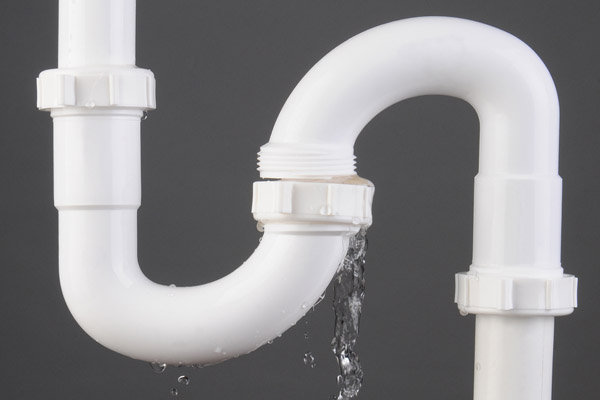The P-trap is an integral component in plumbing systems, designed to prevent the unpleasant odors from sewage and drain lines from entering our homes. Its distinctive shape resembles the letter “P,” which cleverly traps a small amount of water in its curve. This water acts as a barrier, blocking gases that could otherwise escape into living spaces. Understanding the function and maintenance of P-traps is essential for homeowners, as it plays a crucial role in both sanitary conditions and overall plumbing efficiency.
In this article, we will delve into the workings of P-traps, exploring their construction, common issues, and best practices for upkeep. Whether you are a DIY enthusiast or simply seeking to enhance your knowledge about home plumbing, having a solid grasp of P-traps is key to maintaining a healthy and odor-free environment. Join us as we uncover the importance of this unassuming yet vital plumbing fixture.
Understanding the Function of P-Traps
P-traps consist of two main sections: a curved bottom section that retains water and a straight section that connects to the drainage system. This design allows them to effectively trap debris, preventing clogs, while simultaneously maintaining that vital water seal. When water flows through the plumbing, it fills the curved portion of the trap, forming a barrier against harmful gases. For more in-depth information about these devices, check out What is a P-trap and How Does It Work?. Homeowners should be aware that various issues can arise, including water evaporation from unused sinks or bathtubs, which can compromise the effectiveness of the P-trap.

Common Issues and Maintenance
Regular maintenance of P-traps is crucial to prevent unpleasant odors and plumbing problems. Homeowners should periodically check the P-trap for signs of clogs or leaks, ensuring that the water barrier remains intact. It’s advisable to run water through infrequently used fixtures every few weeks to replenish the water seal. If a clog does occur, simple methods like using a plunger or a plumbing snake can often resolve the issue without professional assistance. Understanding these basic maintenance practices will not only enhance the lifespan of your plumbing system but also ensure a more hygienic living environment.
In conclusion, the P-trap is a simple yet vital component of modern plumbing that plays a significant role in maintaining a sanitary and odor-free home. By effectively trapping a small amount of water, it creates a barrier against harmful sewer gases while also preventing debris buildup that could lead to clogs. Homeowners must recognize the importance of regular maintenance, such as checking for leaks or clogs and ensuring that the water seal remains intact, to uphold the functionality of this critical fixture. By familiarizing themselves with the workings and upkeep of P-traps, individuals can not only protect their plumbing systems from common issues but also contribute to a healthier and more pleasant living environment for themselves and their families.





